Audiomovers is helping sound cross borders: "A mastering engineer said to us, 'thank you for single-handedly saving the music industry'"
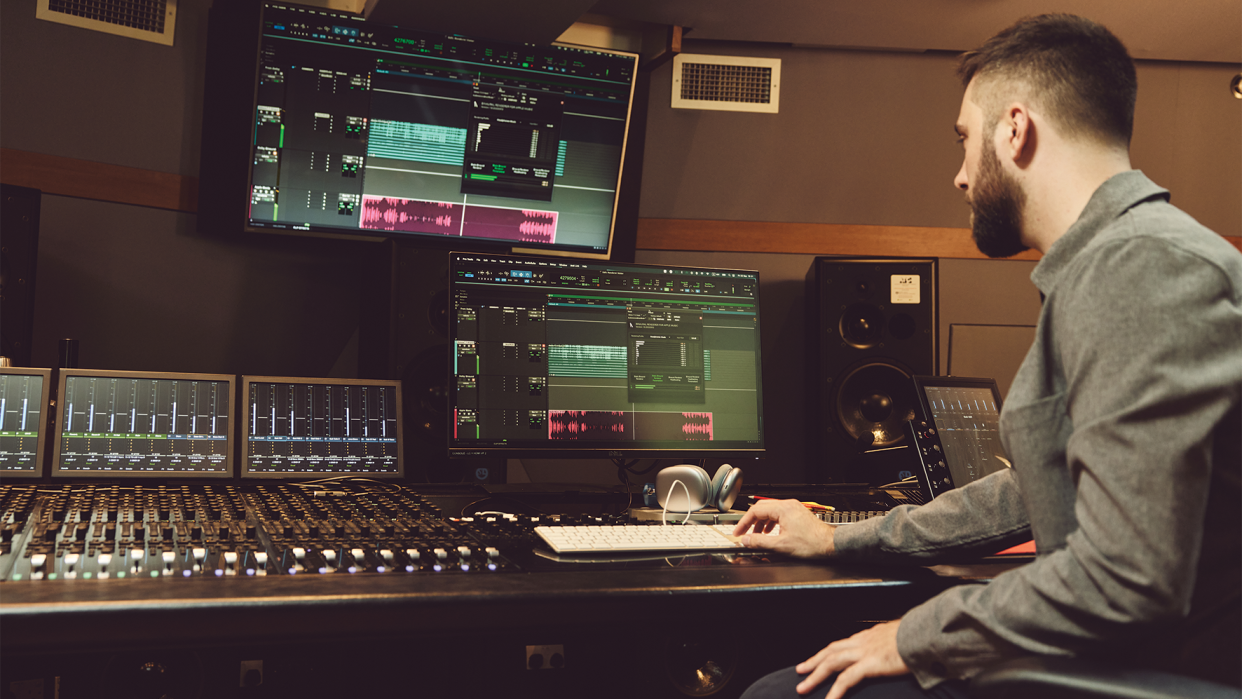
At the forefront of long-distance collaborative production via the ListenTo audio streaming plugin, Audiomovers have enhanced the workflows of professionals around the globe.
Having joined the Abbey Road family, the company’s ambitions have built increasingly outwards, with an innovative new Binaural Renderer expanding on their passion for connectivity.
We caught up with Audiomovers' Head of Product Igor Maxymenko and Operations Director Dominika Dronska to find out more.
Can you give us a little background on how Audiomovers first started? What motivated you to create the company?
Igor: “I’m a sound engineer, music producer and audio product designer. For more than a decade I designed products for Blue Microphones and Waves Audio, co-designing some things you may have heard of (Tracks Live, Digigrid, SoundGrid, MultiRack, Yeti Nano, Yeti X). Waves is where I met the co-founder of Audiomovers, Yuriy Shevyrov.
“The original dea for ListenTo came from my own and fellow producers’ frustration, that you can’t easily listen to high quality audio coming from the DAW while you are remote. There were tools available at the time attempting to solve this problem, but they invariably lacked quality, were very expensive, or were clunky and difficult to use.
“I chatted about it to my friends (a bunch of mixers and producers) in a bar one evening and within 30 minutes I developed a pretty good idea how it should be implemented. I thought it could be done completely differently than any existing tools. I thought there was a way to really completely break the mould, so I called Yuriy to talk about it if it’s at all possible.
“Luckily Yuriy is an amazing software developer, the most talented I have ever met, and we had a working prototype in three weeks. Those first lines of code were written in our home of Kyiv, Ukraine. From there, we started recommending ListenTo to our friends in the industry and we started making sales pretty quickly.”
READ MORE
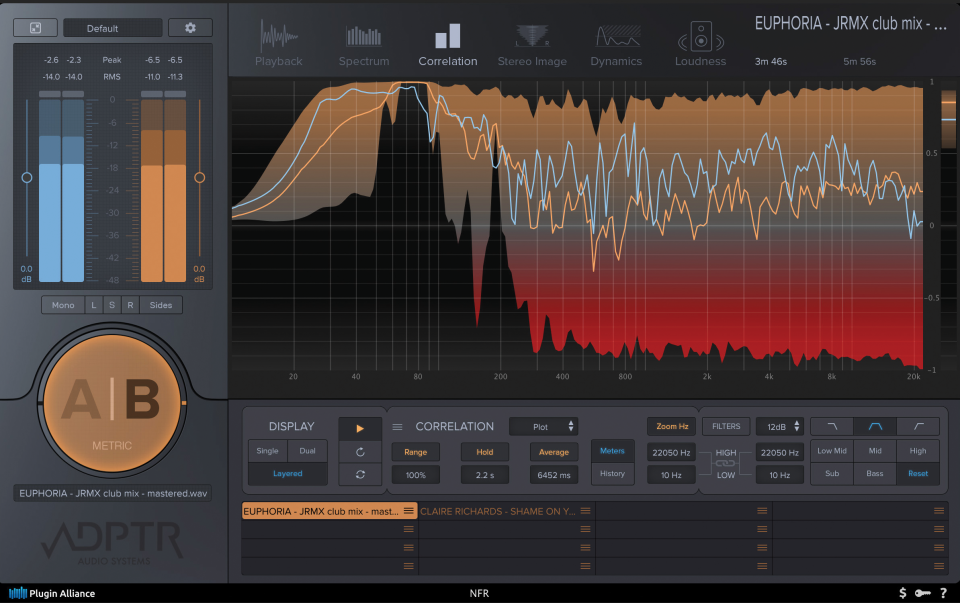
9 time-saving plugins that will speed up your workflow in the studio
Igor: “So, ListenTo is a service which streams or transmits high quality audio (uncompressed 32 bit PCM) from one place to another over the internet. There’s several ways you can use ListenTo to stream your audio. The simplest is direct from the DAW using the plugin, but you can also stream from the browser with Web Transmitter, or use the standalone ListenTo application. You can then receive the audio via a URL link the streamer sends to you. You can open this in the browser, in the Receiver Plugin, in the ListenTo application, or on your phone via the ListenTo iOS or Android player apps. So we therefore cover most of the needs of an audio professional.
“Audio can be streamed to up to 150 clients a time without overloading the transmitter’s (or streamer’s) internet connection. You can also adjust the stream settings in order to accommodate for the available internet connection, so even if you have slow internet, you’ll be able to stream anyway using various lossy codecs we offer, which we’ve designed ourselves for high performance. Of course, if your outgoing internet connection is not a problem you can stream up to 16 channels of uncompressed 32-bit PCM audio.
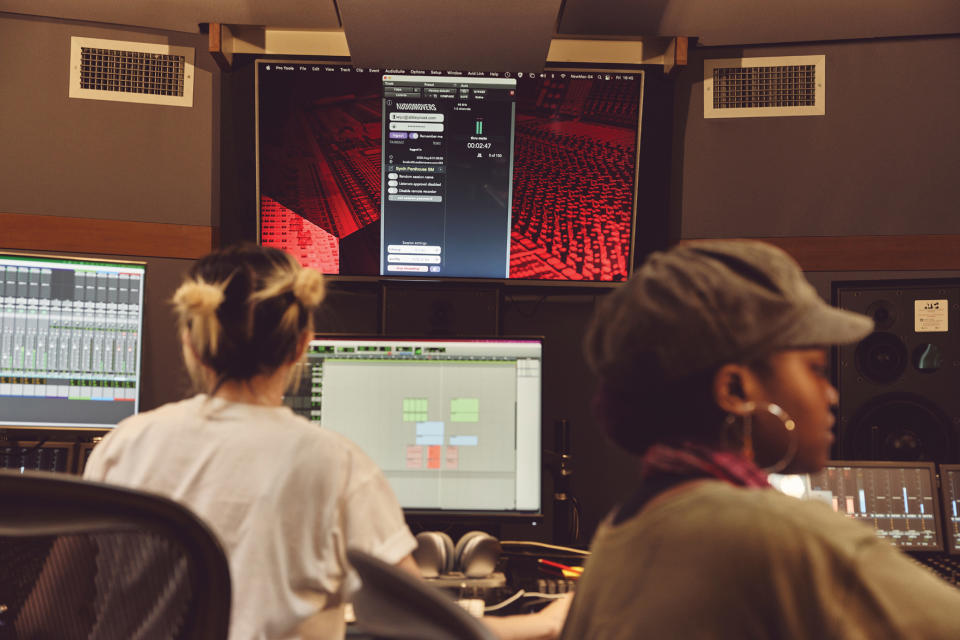
“A popular use case is mix engineers seeking mix approval. They can stream their mix directly from the DAW for client’s feedback. They simply insert the ListenTo plugin onto the Master channel, login to their account and click ‘Start Streaming’. When they click that, the streaming link is automatically copied to the clipboard so they can send it over email or any messaging app to their collaborator or client.
“In order to listen in to the stream, the client simply opens a link in a web browser or ListenTo application to listen, or if there is a need to record the stream – for example for a voiceover artist or vocalist, you can open the link in the ListenTo Receiver plugin in the DAW and record the incoming audio in high quality.
“The benefits of streaming audio to your clients or collaborators are numerous: they can listen in their familiar environment and on equipment that they are used to, whether it is in their studio, their favourite pair of headphones, switching between several pairs or even in the car.”
The whole process from start of mix to release-ready version is quicker, more convenient for the client, and in the end the final results are more aligned with the client’s vision
Dom: “This means that the whole process from start of mix to release-ready version is quicker, more convenient for the client, and in the end the final results are more aligned with the client’s vision. ListenTo essentially acts to streamline the production process of any audio content, enabling film directors to remotely listen to scoring sessions, allowing podcasters and voiceover artists to work more closely with their remote producers. It enables people to work more internationally, too.
“A good example of that is LYRE Music, who are a group of songwriters based out of LA, who work very closely with K-pop artists and labels in a way which really wasn’t possible before ListenTo. I think of it like a glue keeping the talent in the global music industry together.
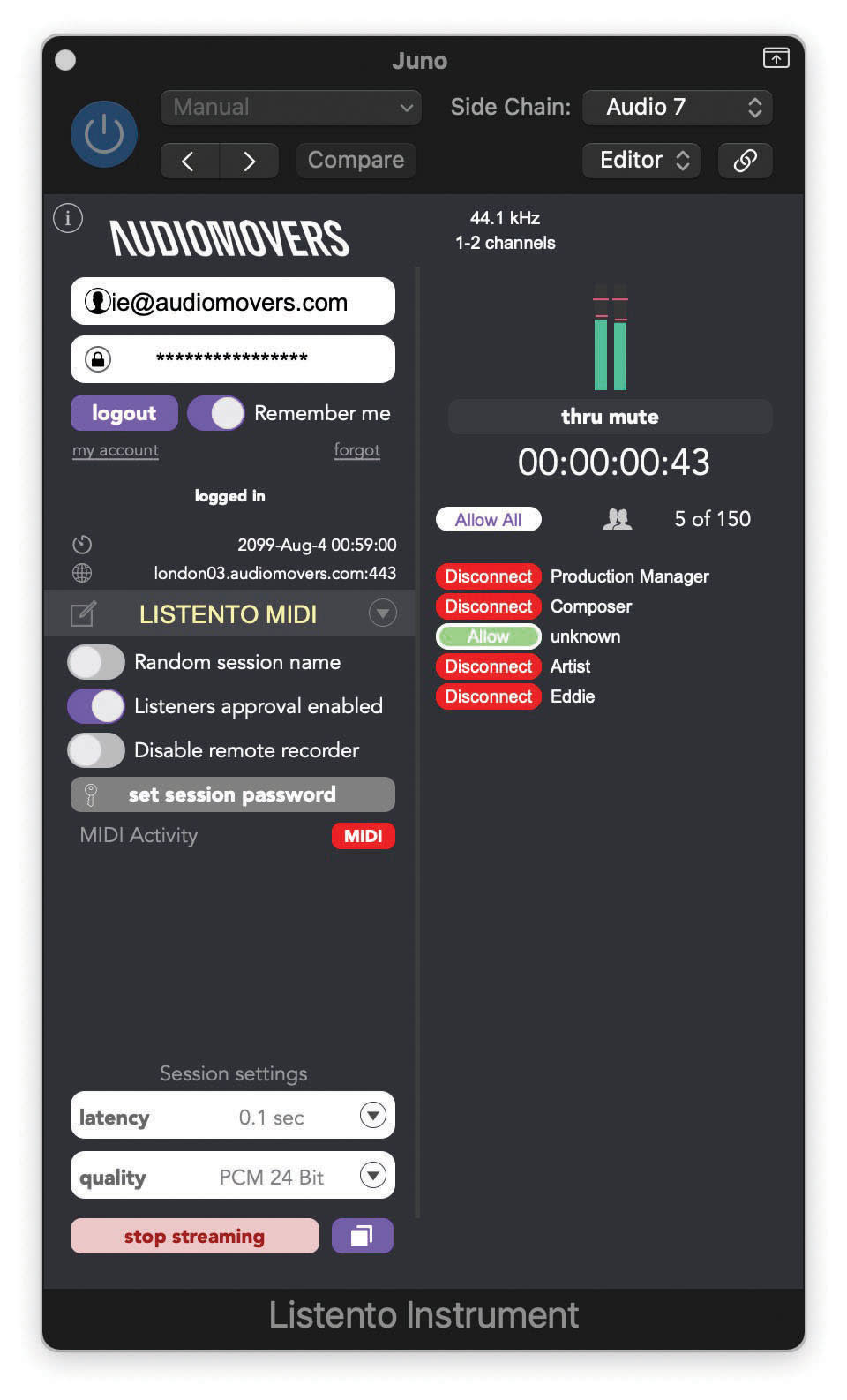
Was it the pandemic and the subsequent lockdown where ListenTo really established itself as a reliable remote collaboration tool?
Igor: “We actually already had a very loyal user base before the pandemic, but for a wider audience the need wasn’t yet obvious – it was a challenge sometimes to describe how it can dramatically improve an audio engineer’s workflow. One friend and early user of ListenTo told me it allowed him to move out of his apartment and buy a house, because he didn’t need to be near the studio and because he could deliver so many more projects more quickly!
“Of course when the pandemic started and there were lockdowns, many more people started to look for a solution and this is when we became much more embedded in the music community and for anyone working with high quality audio.”
An early user of ListenTo told me it allowed him to move out of his apartment and buy a house because he didn’t need to be near the studio!
Dom: “Piper Payne, a mastering engineer from Nashville said to us, ‘thank you for single-handedly saving the music industry’. The pandemic obviously moved everyone online for the whole workflow, and forced new behaviours, and helped us to grow the user base quicker but it’s really the quality of experience which made it into the standard in the industry.”
How scalable is ListenTo for those without high-speed connections, and what does ListenTo add technically that previous long-distance mechanics (ISDN) don’t include?
Igor: “Well, we allow people to choose their transmission/stream settings. They can select a lower quality lossy codec (which are still useful in a lot of scenarios) and define the stream latency that allows them to use the tool even with a very mediocre connection. In order to give you an example of what’s possible, I know of a successful session where a producer was flying over the Atlantic using an in-flight internet connection to stream a project to his collaborator in Ireland. We have countless examples like this, so the majority of people will be able to transmit or receive audio using any internet connection that’s available today.”
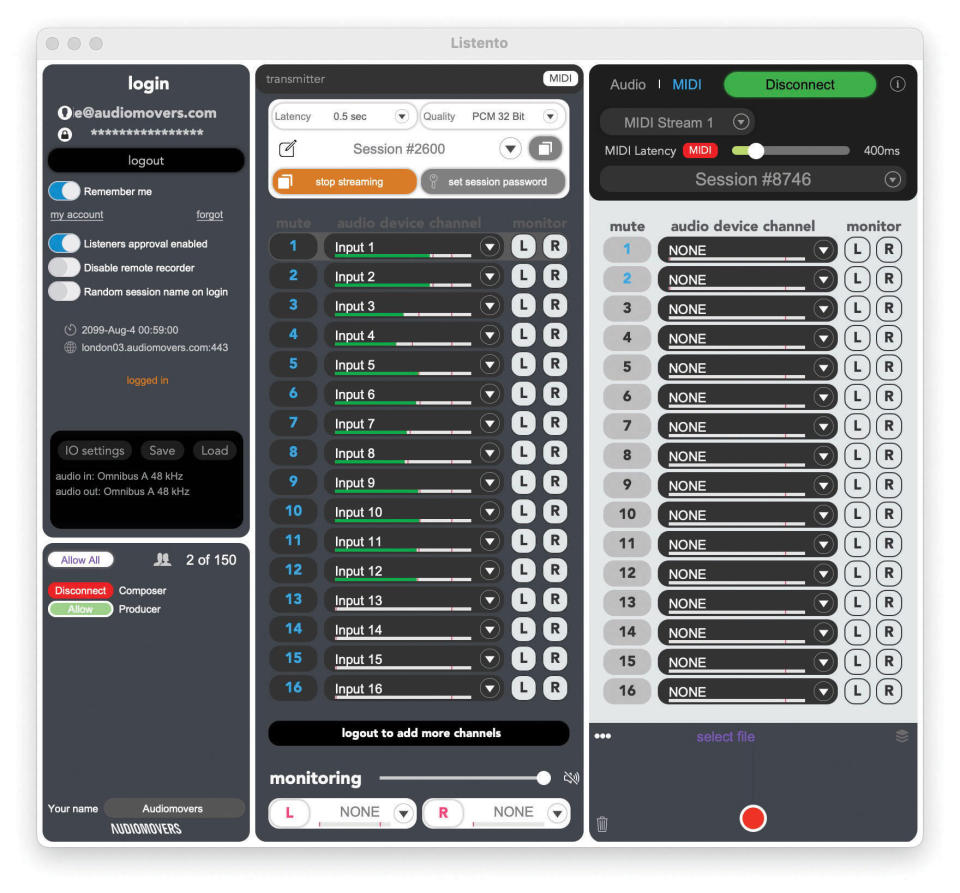
You’ve just released the Binaural Renderer for Apple Music. Firstly, can you explain what motivated you to create this app and how it works?
Igor: “A lot of releases come with Atmos versions that are released on Apple Music, but one of the biggest issues right now is that if you mix something in Atmos there’s no way to hear how it’s going to sound when it’s converted to Binaural to be heard on earphones like Apple’s AirPods.
“This is the majority of consumption of Atmos mixes right now, via binaurally rendered mixes in-ear. The end result is controlled by Apple. Sound engineers are kind of guessing when they’re making stuff this way. Another factor was the fact that Logic does have its own renderer to test for this purpose but that’s not available in any other DAW. Those people who use Pro Tools and Cubase don’t have a good way of doing this themselves.
“So what we’ve created is a plugin that actually perfectly replicates Apple’s rendering. It runs only on Apple machines because it utilises the Apple-owned rendering algorithm. It’s real-time.”
It’s amazing this wasn’t in place before. Are you the first to make a commercial product for this purpose (beyond Apple’s own!)?
Dom: “We’re proud to be the first. Igor’s engineering contacts were calling him, expressing their need for something like this, for a long time.
Abbey Road gave us a permanent home and a chance to really concentrate on bringing new solutions to our audience
Igor: “We also support playback on speakers, applying different rendering for stereo speakers as well as Apple TV. We’ve got a profile for it. For head-tracking purposes, the app currently only supports Apple ear/headphones but for static tracking it supports any headphones. The main thing in rendering is understanding positioning and perspective. It works as VST3, AAX and AU.
“Avid has an in-built Dolby Renderer, so with the addition of this you can have a complete ear on the track’s journey to the listener’s ear. The UI is very simple and will be updated periodically. We’re working on a standalone version of this too.”
How has the Abbey Road acquisition improved and/or changed Audiomovers, it seems like it’s been fundamentally incorporated into Abbey Road’s day-to-day at this point?
Igor: “Abbey Road gave us a permanent home, a chance to really concentrate on bringing new solutions to our audience, while the team around us runs the business. Before Abbey Road, Audiomovers was a side hustle, now it’s a scaled-up business, with a portfolio of products, and vision for the future. Most interestingly we have access to the best studio in the world, and to the minds and ears of Abbey Road engineers, which plays a significant role in our thinking.
Dom: “Abbey Road Studios, or EMI as it was then, is known for establishing new standards in the music industry, from developing the blueprints of recording consoles to inventing and popularising stereo. They are known for being the first to try and adopt new ways of doing things and the rest of the industry follows. Their recognition of Audiomovers as a new standard has a strong, almost historical value. And yes, 90% of sessions at Abbey Road have a remote element and ListenTo is the only tool used for that remote aspect.”
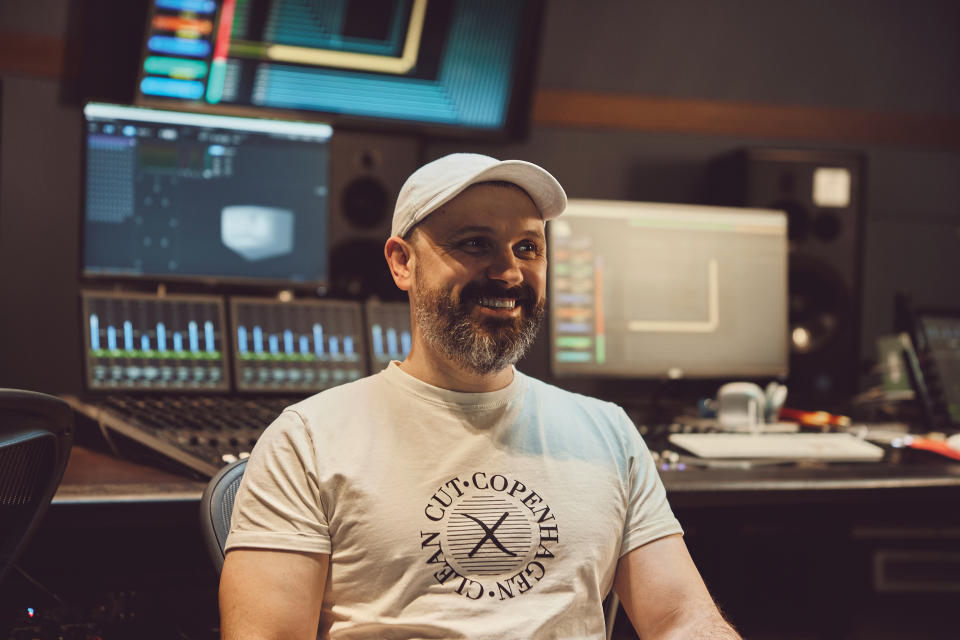
Can you tell us about Inject? It looks like a slick way to route audio.
Igor: “Correct, the idea behind Inject is to improve the workflows of using modern hardware synths with USB audio and for iOS devices which increasingly have lots of great audio apps. Basically, one of the main downsides of using a DAW is that it can communicate with only one audio device at a time, so you need to choose between an audio interface or USB synth or iOS device.
“Inject allows you to receive or send audio from any audio channel in the DAW to and from any audio device in your system, regardless of the currently selected DAW I/O device. On top of that, Inject will also take care of the sample rate conversion in case your session runs at a different sample rate from your device. In addition to that, we supply a virtual driver that can communicate with Inject allowing you to sample your system’s audio output or process it via your DAW.”
What’s next for Audiomovers?
Dom: “We’re constantly improving ListenTo with new exciting features, updating Omnibus —our audio routing application—and Inject, and we will keep updating the new Binaural Renderer for Apple Music.
“If you look at how music is produced end-to-end nowadays, it’s quite complex and there isn’t much consensus on the best approaches, there are problems (and opportunities) in the production workflows. We’re continuing to grow the ecosystem of tools that make audio pros’ lives easier and improve modern production workflows.”

